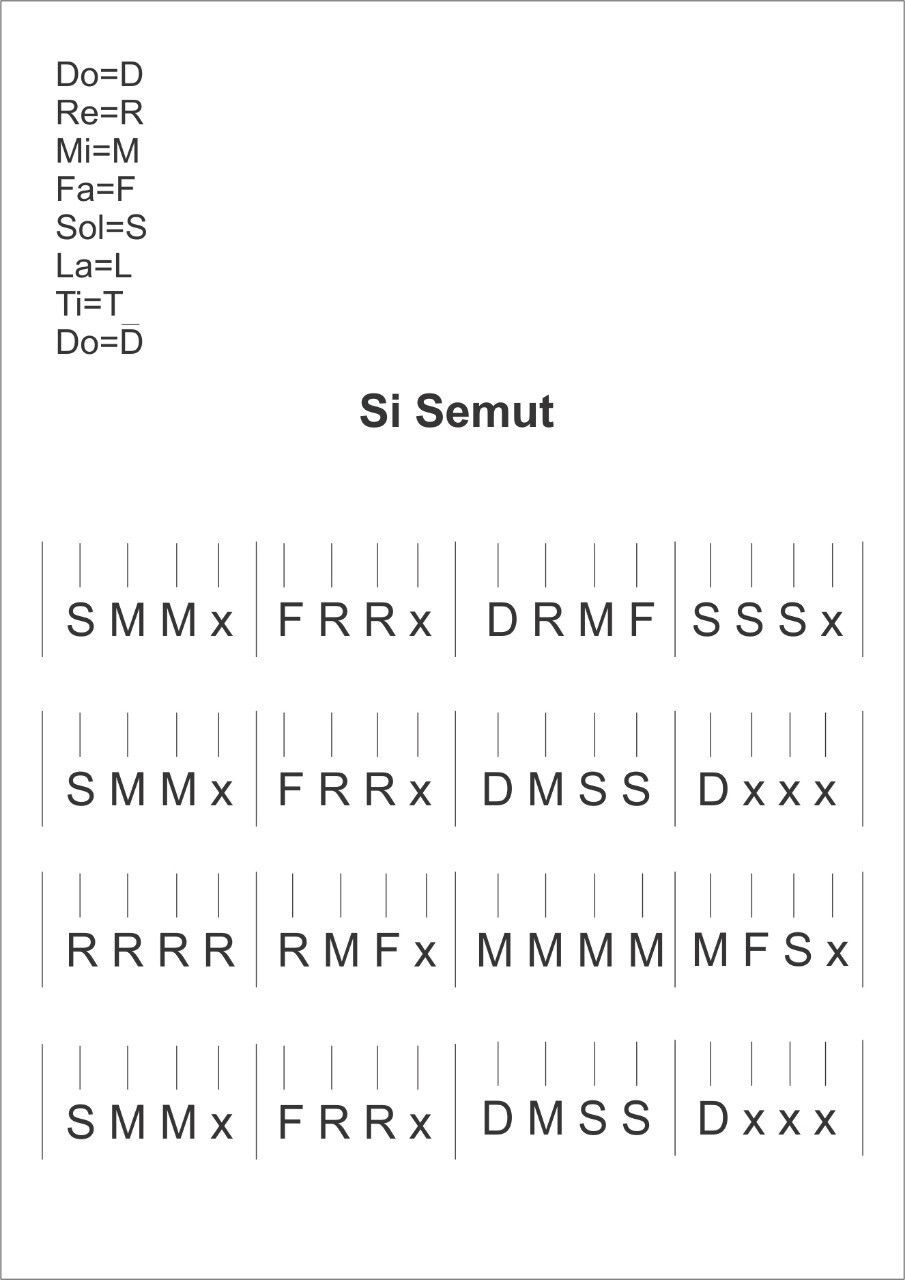Solfege Hand Signs 1 untuk kelas 1 SD Charis
- Agung Siregar
- Jul 28, 2018
- 2 min read
Merupakan metode pembelajaran musik yang sudah tua sekali dari sekitar tahun 1880, diperkenalkan oleh Curwen dan Sarah Ann Glover yang merupakan pendidik musik dari London Inggris. Dan metode ini disebar luaskan oleh pendidik musik yang juga seorang composer besar dari Hungaria bernama Kodaly. Solfege hand signs adalah signal tangan yang menyimbolkan nada-nada naik dan turun. Selain menyanyikannya anggota tubuh seperti tangan turut berpartisipasi melakukan gerakan tangan, dan ini menambah fokus pada otak untuk memikirkan bernyanyi dengan nada naik dan turun serta membuat symbol pada tangan.
Di Indonesia solfege hand signs lebih sering dijumpai dalam pembelajaran angklung sehingga lebih dikenal dengan tanda/symbol angklung.
Bacaan penunjang
The idea behind the solfège system is to help develop pitch memory, which is the most basic type of musical memory. It does so by requiring the student to hear the note in their mind’s ear, thus honing their listening and aural skills. Because solfège focuses on the use of voice (rather than an instrument) it is the perfect way for young children to learn pitch naturally.
There are two types of pitch – perfect and relative pitch. Perfect pitch (also called absolute pitch) is the ability to identify or re-create a given musical note without the help of a reference tone. Famous singers with perfect pitch include Michael Jackson, Mariah Carey and Ella Fitzgerald. Relative pitch is the ability to recognize and produce pitches in relation to each other.
There are also two methods of teaching solfège – the ‘fixed do’ system and the ‘movable do’ system. The ‘fixed’ do system is based upon the C major scale and is more in line with building perfect pitch because C is always sung as “Do” and A is always sung as La etc. However, with the Movable-Do solfège system “Do” is sung as the root (first note) of the scale so any scale or key can be used, thus aiding the development of relative pitch.
http://www.thebubblebox.com.au/blog/do-re-mi-solfege-hand-signs-teach-young-children/






Comments